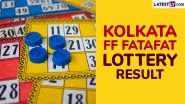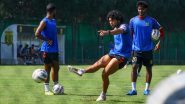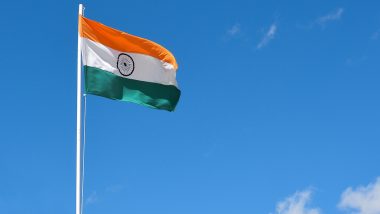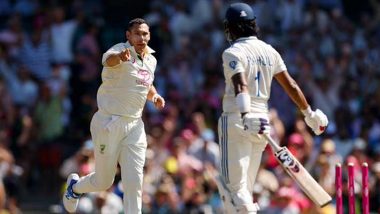New Delhi, Feb 24 (PTI) India has no dearth of talent in junior badminton but most, to borrow an analogy by a doubles specialist, get drowned while making the transition from the "pond to a sea".
Like their famed predecessors Saina Nehwal and P V Sindhu, who are now seen as role models, the younger lot is struggling to translate their talent into success in seniors.
Lack of proper guidance and maturity, high-level of competition, not respecting the physical aspects and failure to cope with initial adulation are cited as problem areas by the badminton fraternity.
"It is lot more struggle in senior level, because in junior level you can be good but in senior, competition is higher and you have to work harder," says India's premier shuttler P V Sindhu, a 2012 Asian Junior Champion, who went on to clinch silver medals at Olympics and World Championships.
"Everyday is a learning process. You have to constantly improve your standard," she adds.
Men's doubles player Shlok Ramachandran believes it is about maturity and temperament.
"It is difficult because of the quality. It is like shifting from pond to a big sea, so many former world junior no 1 find it difficult. People who have better maturity and temperament will strike out early in seniors," he says.
While the likes of Saina Nehwal, H S Prannoy and Sameer Verma have done well in senior circuit after making headlines in juniors, former world junior No 1 Aditya Joshi and Siril Verma, who has also won a world junior silver, have struggled.
Former India coach Vimal Kumar, who had guided Saina to world no 1 during her three-year stint in Bangalore, attributes it to a combination of factors such as mental conditioning and the physical aspect.
"Sometimes their physical aspects are not take care of, it is a case of over training leading to injuries, so getting physical training is important. Also playing too many tournaments to get the ranking points is also a factor," he says.
"Coping with adulation and fame psychologically affects them, especially now with the social media coming into the picture. So one needs to find the right balance and not get carried away. Mental conditioning is important for some youngsters."
Playing the sport at the highest level also demands deep pockets. The Badminton Association of India only supports a handful of top players.
In order to get the ranking high, a player ends up playing 18 to 20 events in a year, including the nationals, All India Rankings and zonal events.
Every event in Asia costs around Rs 60000 to 700000, while if it is Europe then the cost shoots to a lakh.
Sports foundations provides help, but still a player ends up paying around 10 lakhs in a year to play more events and improve rankings.
B Sai Praneeth, a bronze medallist at 2010 World Junior Championship, took seven years to find his foot in seniors.
"I also faced that problem. Because expectations keep changing and so you need a proper and quality coach who has seen or played at the highest level to plan the path properly," he says.
"Also when you are making the transition, everybody thinks about ranking at that stage because all selections are based on ranking. Only when you spent some time in senior you realise that you need to train and look to perform rather than chasing ranking.
"Also in India there are so many seniors, so it is tough competition for the juniors, and it gets difficult for the coaches."
Danish legend Morten Frost, who has been roped in for a 90-day coaching assignment by Prakash Padukone Badminton Academy and Olympic Gold Quest, feels transition is a problem affecting all nations.
"Every single country has the same issue, how to translate the juniors into seniors. We all have a million world champions when they are 12. But when they grow up and become 18-19, suddenly there is only maybe one left," he said.
"Those making it to the top later are the ones who have got a really good technique. They can always add on the physical strength later, but you cannot add on the technical stuff if it's too late."
This season Lakshya Sen, who won the Asian Junior Championship and claimed a bronze at World Junior Championship, is competing in seniors, while Ashmita Chaliha, too, have raised expectations by winning two international tournaments.
(This is an unedited and auto-generated story from Syndicated News feed, LatestLY Staff may not have modified or edited the content body)













 Quickly
Quickly




















